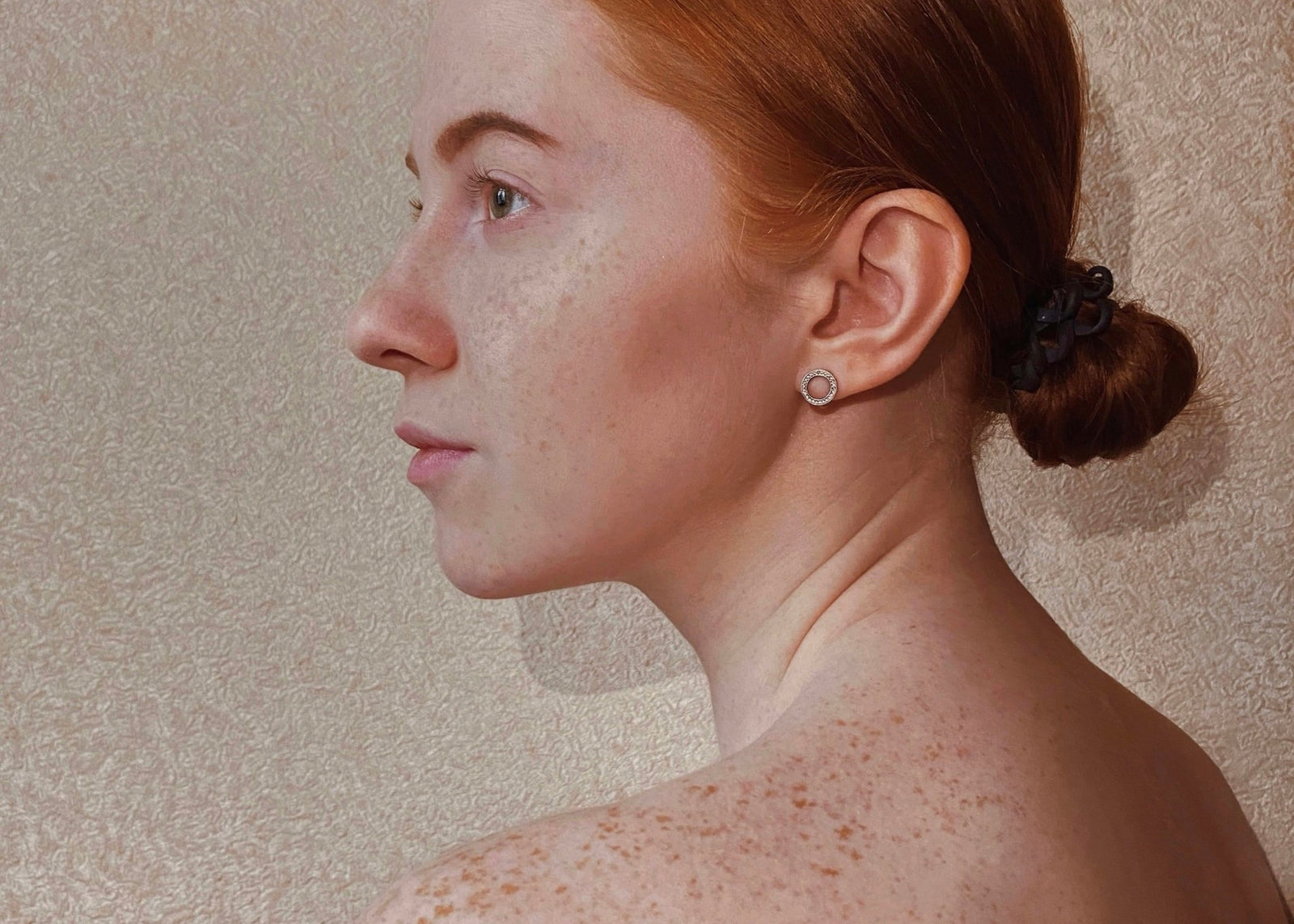
Retin A for Wrinkles: Benefits and Usage
In the quest for youthful, radiant skin, many of us have encountered a myriad of products promising to turn back the hands of time. One such product that has stood the test of time in the skincare industry is Retin A. Known for its potent anti-aging properties, Retin A has become a staple in many skincare routines. But what exactly is Retin A, and how does it work to combat wrinkles? Let's explore this remarkable skincare ingredient.
Understanding Retin A
Retin A, also known as tretinoin, is a form of vitamin A. It's a powerful ingredient that's been used in dermatology for over 50 years. Its primary function is to speed up cell turnover, which slows down as we age. By doing so, it helps to reduce the appearance of fine lines and wrinkles, improve skin texture, and even out skin tone.
Retin A is available in various strengths and forms, including creams, gels, and lotions. It's important to note that Retin A is a prescription medication, so it's crucial to consult with a healthcare provider or dermatologist before starting a regimen.
The Benefits of Retin A
Retin A offers a multitude of benefits for the skin. Its potent anti-aging properties are just the tip of the iceberg. Let's delve into the many ways Retin A can enhance your skin's health and appearance.
Combats Wrinkles
Retin A works by stimulating the production of collagen, a protein that provides structure and elasticity to the skin. As we age, our collagen production decreases, leading to the formation of wrinkles. By boosting collagen production, Retin A helps to plump up the skin, reducing the appearance of fine lines and wrinkles.
Moreover, Retin A accelerates skin cell turnover, helping to shed old, dull skin cells and reveal fresh, new ones. This process smooths out the skin's surface, further reducing the appearance of wrinkles.
Improves Skin Texture and Tone
By promoting cell turnover, Retin A helps to even out skin tone and improve texture. It can help reduce the appearance of age spots, hyperpigmentation, and other skin discolorations. Furthermore, it can help smooth rough skin, leaving it soft and supple.
It's also worth noting that Retin A can help unclog pores, making it a beneficial treatment for acne. By keeping pores clear, it can help prevent acne breakouts and promote a smoother, clearer complexion.
How to Use Retin A
While Retin A is a powerful skincare ingredient, it's essential to use it correctly to reap its benefits while minimizing potential side effects. Here's a step-by-step guide on how to incorporate Retin A into your skincare routine.
- Consult a Healthcare Provider: Since Retin A is a prescription medication, it's crucial to consult with a healthcare provider or dermatologist. They can assess your skin's needs and prescribe the appropriate strength and form of Retin A.
- Start Slowly: Retin A can cause skin irritation, especially when you first start using it. It's recommended to start with a lower strength and gradually increase as your skin adjusts. Apply it every other night or every two nights to begin with, and gradually increase to nightly use as tolerated.
- Apply to Clean, Dry Skin: After cleansing your face, wait about 20 minutes before applying Retin A. This allows your skin to fully dry, reducing the risk of irritation.
- Use a Pea-Sized Amount: A little goes a long way with Retin A. Apply a pea-sized amount to your entire face, avoiding the eye area.
- Follow with Moisturizer: To help combat potential dryness, apply a moisturizer after Retin A. Look for a moisturizer with natural, sustainable ingredients to nourish your skin.
- Protect Your Skin: Retin A can make your skin more sensitive to the sun. Always apply a broad-spectrum sunscreen during the day to protect your skin.
Considerations and Side Effects
While Retin A is a potent and effective skincare ingredient, it's not without potential side effects. Some people may experience redness, dryness, peeling, or skin irritation, especially when first starting treatment. These side effects typically subside as your skin adjusts to the medication.
If you're pregnant or planning to become pregnant, it's important to consult with a healthcare provider before using Retin A, as it can potentially cause harm to the unborn baby.
Conclusion
Retin A is a powerful tool in the fight against aging, offering numerous benefits for the skin. From reducing wrinkles to improving skin texture and tone, this potent ingredient can significantly enhance your skincare routine. However, it's essential to use it correctly and under the guidance of a healthcare provider to ensure its effectiveness and minimize potential side effects. With the right approach, Retin A can help you achieve a smoother, more youthful complexion.
















